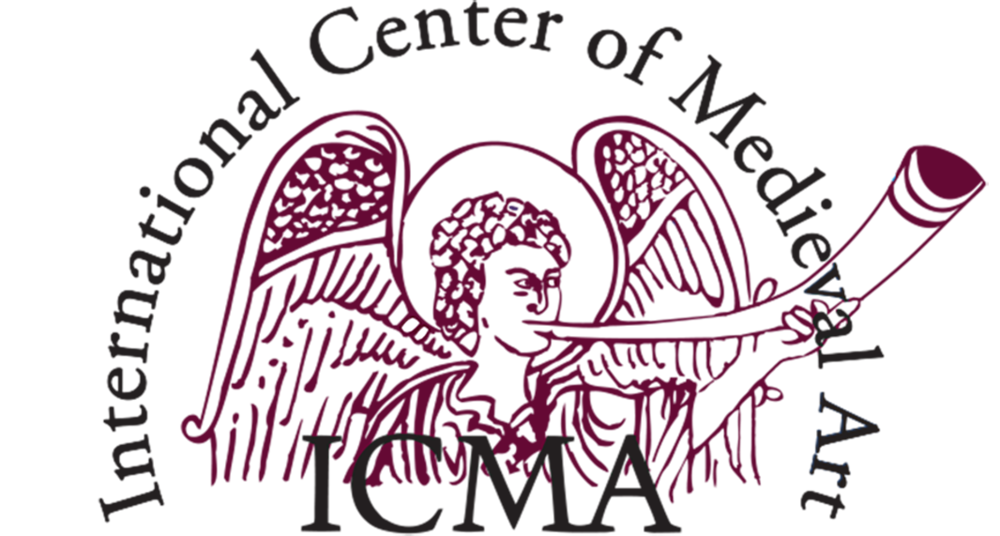"Teasing apart Terzysko’s Tools: Assessing Astronomy and Astrology in Late Medieval Prague"
Eric Ramírez-Weaver
Medieval Art, University of Virginia
Friday, October 14th, 2:00 PM ET (In-Person)
Schermerhorn Hall, Room 807, Columbia University
The first Robert Branner Forum event of the 2022-2023 series.
Astronomical Anthology for Wenceslas IV, Munich, Bayerische Staatsbibliothek, Clm 826, fol. 8r, Introductory Diagram, Portrait of the Astrologer Terzysko, after 1400 (Photo: Bayerische Staatsbibliothek, Munich)
An astrological curriculum prepared in Prague for Wenceslas IV (d. 1419), King of Bohemia, presents an ideal example of astronomical erudition in central Europe, 1390-1400 (Astronomical Anthology for Wenceslas IV, Munich, Bayerische Staatsbibliothek, Clm 826, made after 1400; Astrological and Astronomical Anthology with Alfonsine Planetary Tables, Vienna, Österreichische Nationalbibliothek, Cod. 2352, ca. 1392-93; Aegidius de Tebaldis’ Latin translation of ‘Alī ibn Riḍwān’s Commentary on Ptolemy’s Tetrabiblos/Quadripartitus, Vienna, Österreichische Nationalbibliothek, Cod. 2271, ca. 1400). In recent years, there has been an efflorescence of scholarship rethinking the kinds of intellectual work diagrams perform and their relationship to memory practices. A rich new direction for the art historical study of medieval astronomical manuscripts seeks to recreate lost libraries and source materials from the texts and imagery on display, or ideas, culled for inclusion and lavish presentation in diagrammatic forms. Through a detailed analysis of an introductory series of diagrams associated with the late medieval court astrologer, Terzysko, aspects of the compiler’s craft surface on the folios of the Astronomical Anthology for Wenceslas IV. Arabic, Jewish and Christian astronomical and astrological traditions intertwine within these celestial diagrams, and their fusion invites a reconsideration of the pedagogical work they were intended to perform for period readers, most importantly King Wenceslas IV himself.
Following the lecture, attendees are invited to a reception in the Stronach Center located in Schermerhorn Hall.

